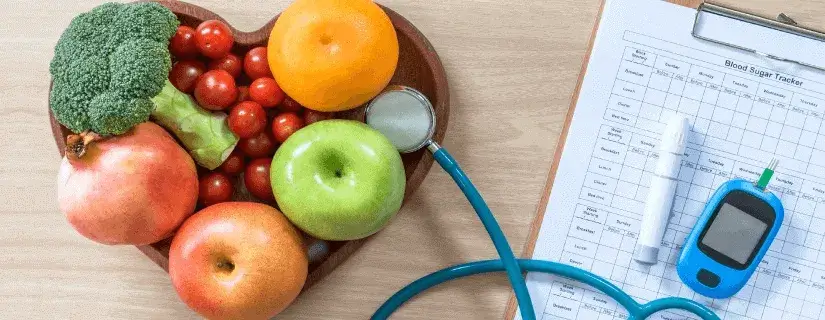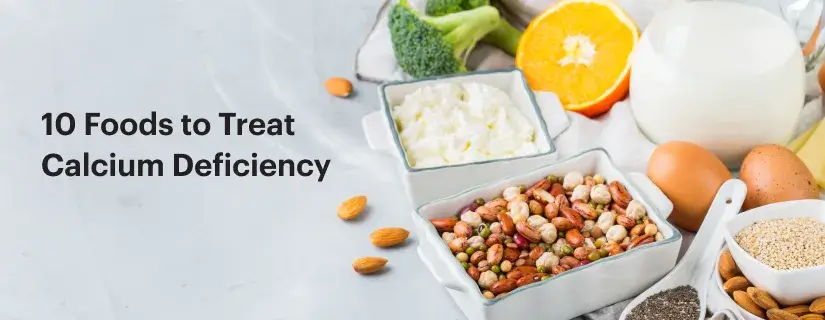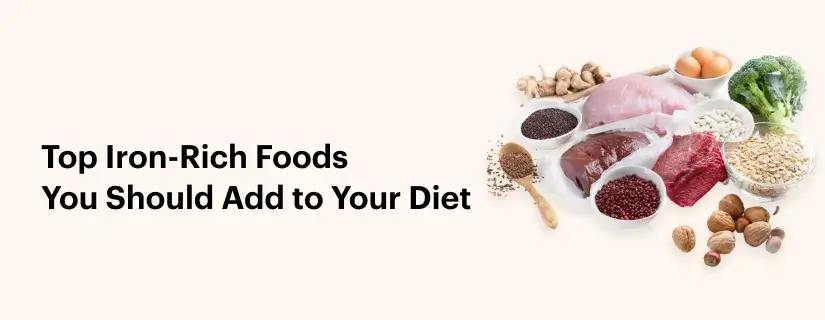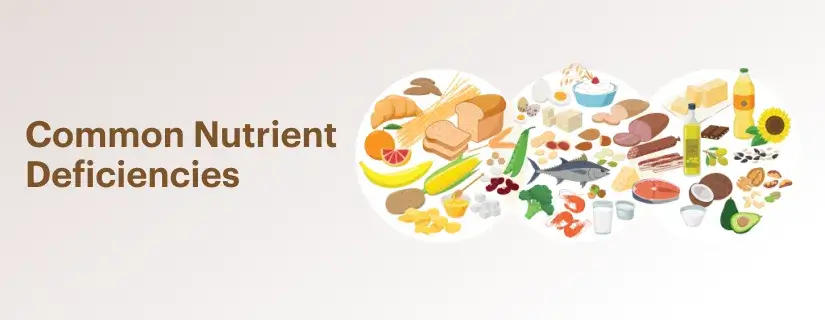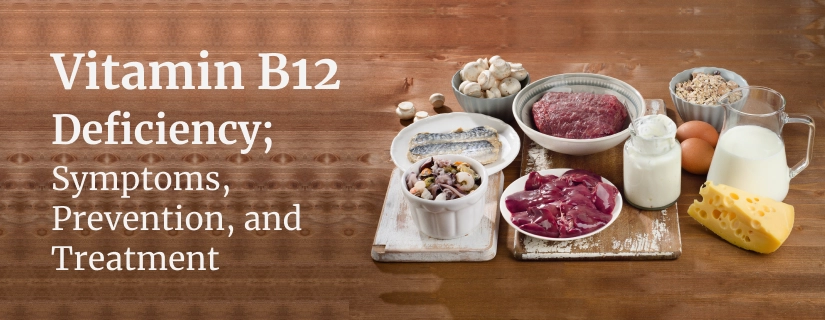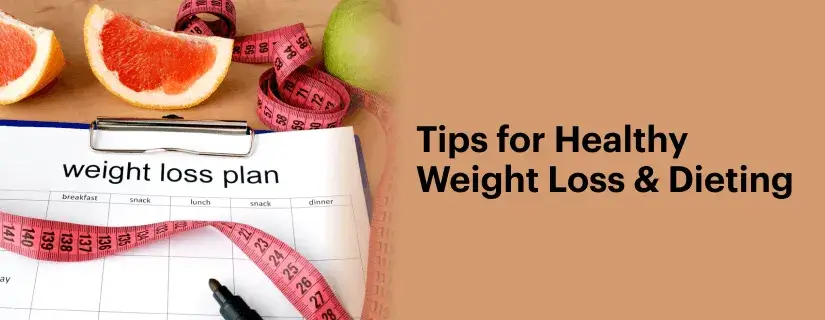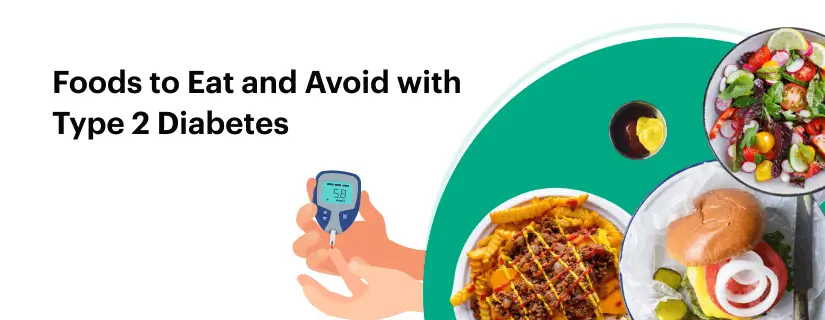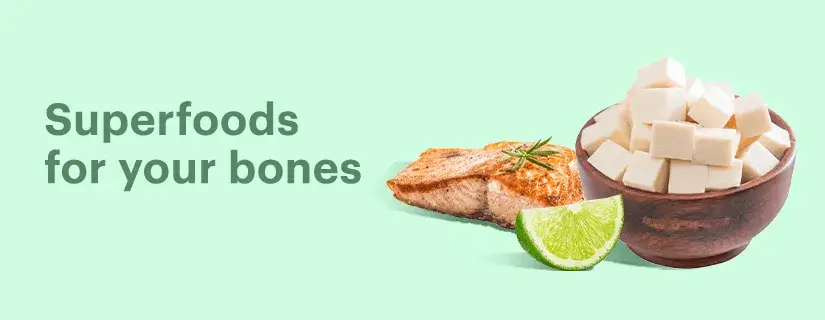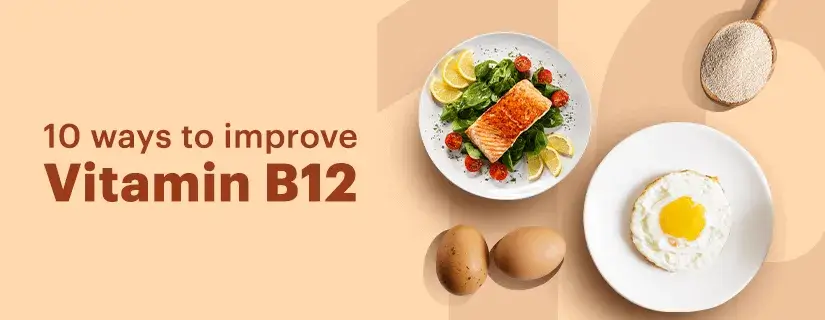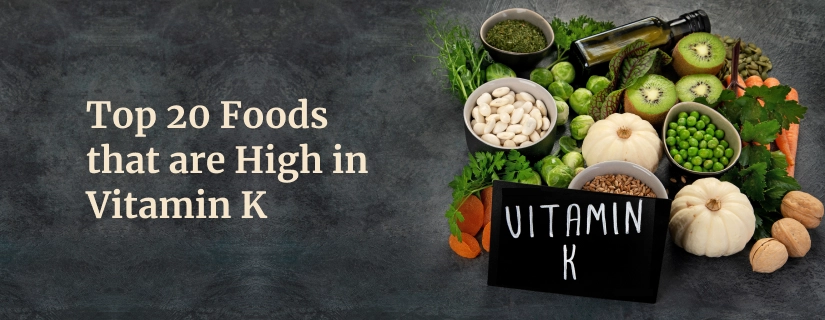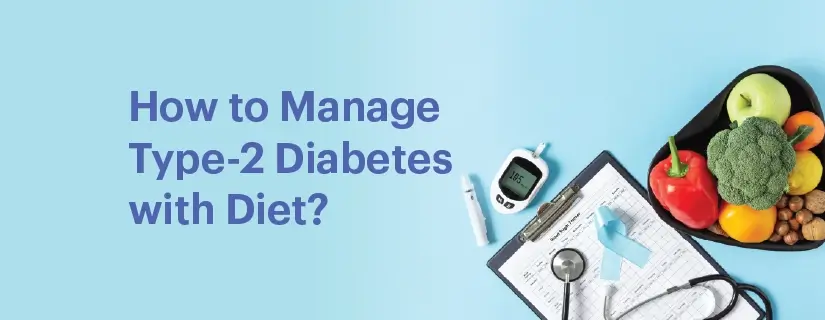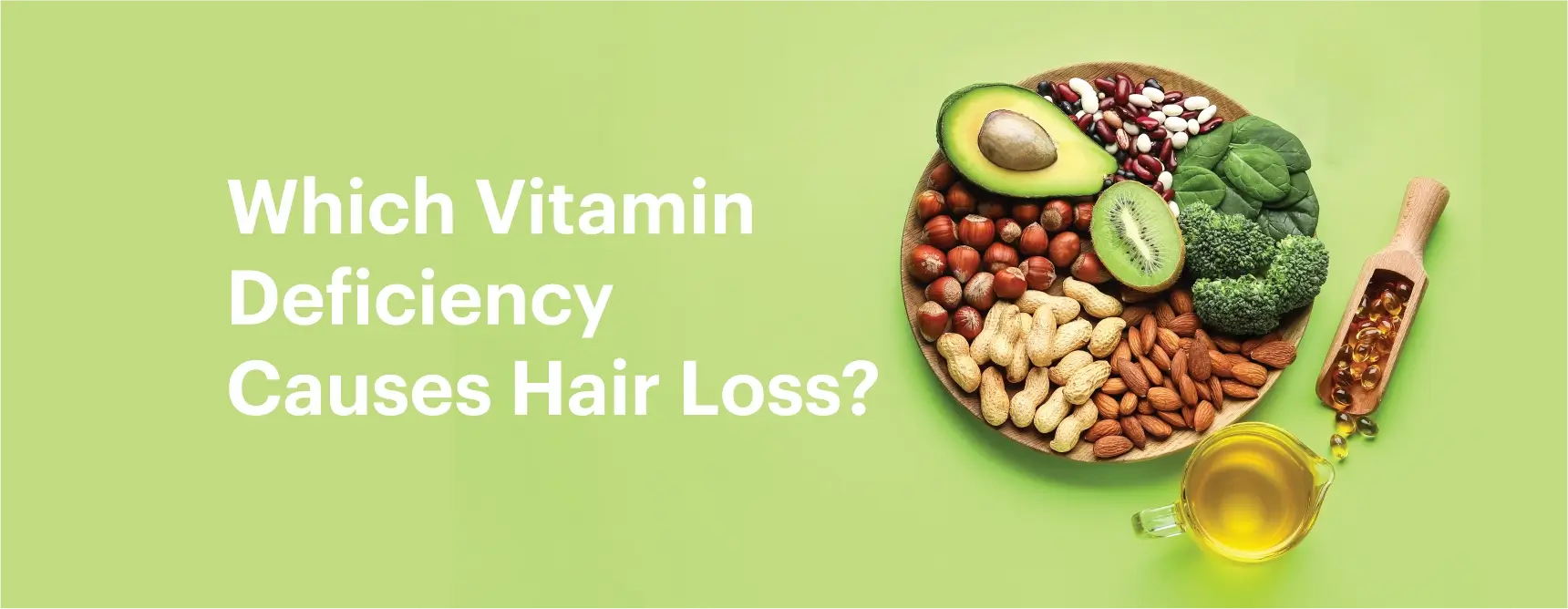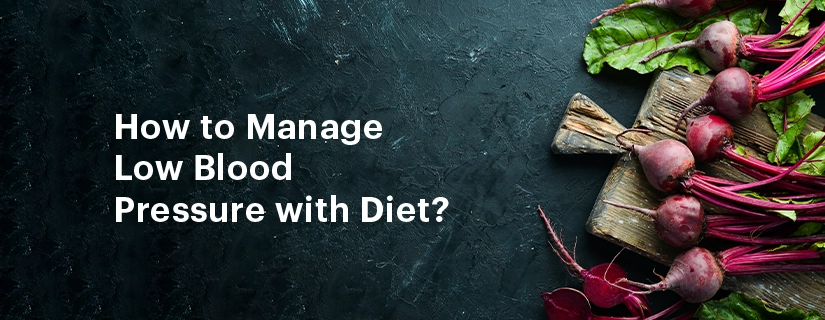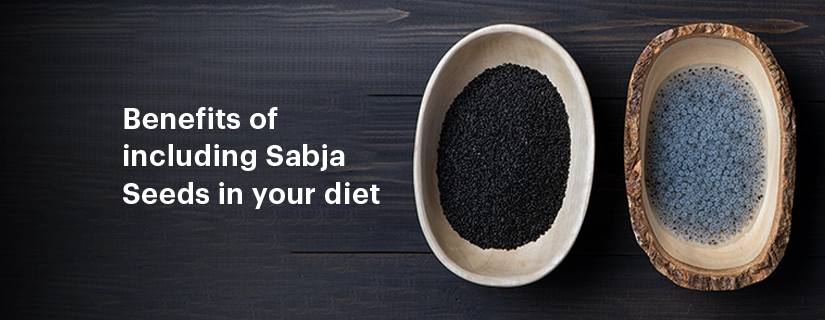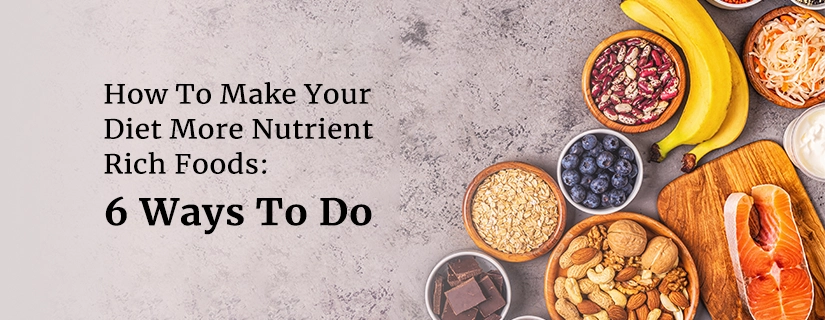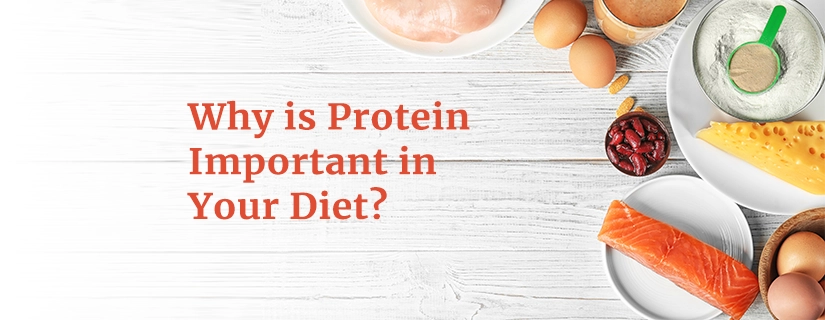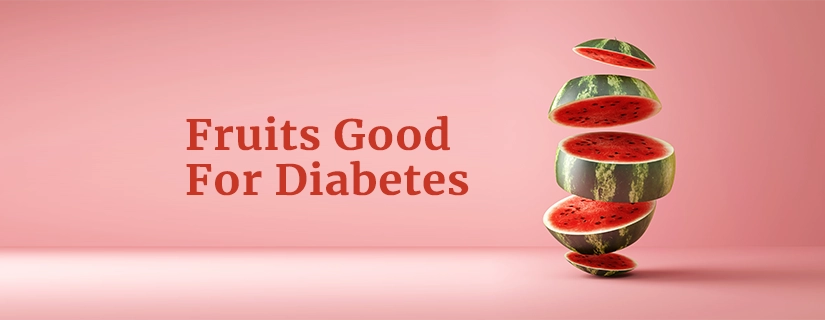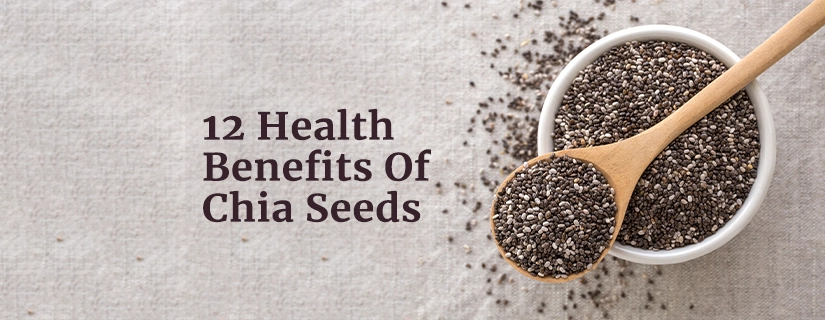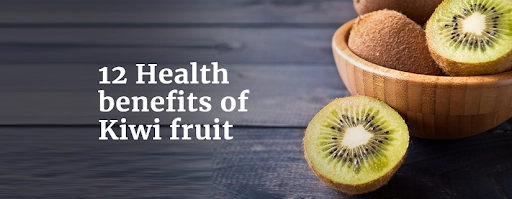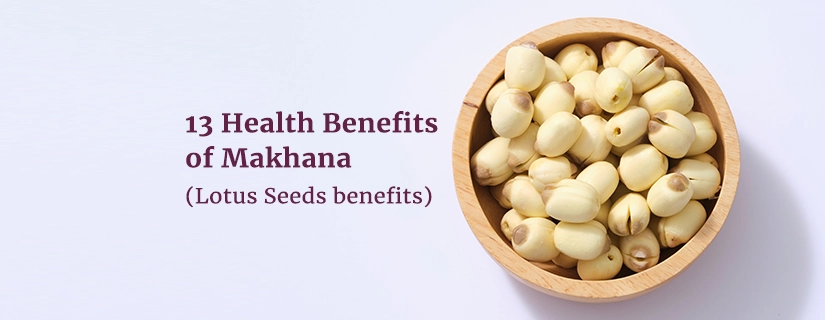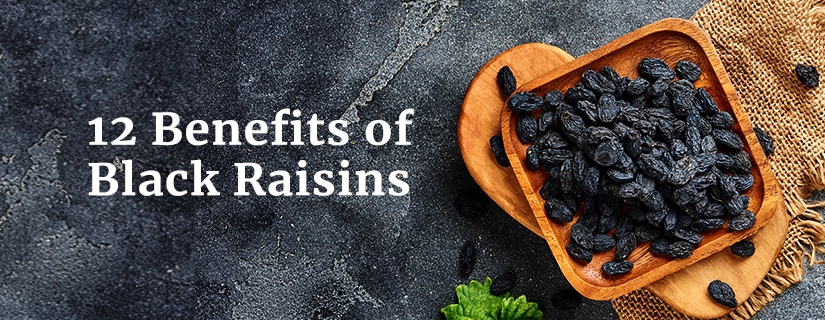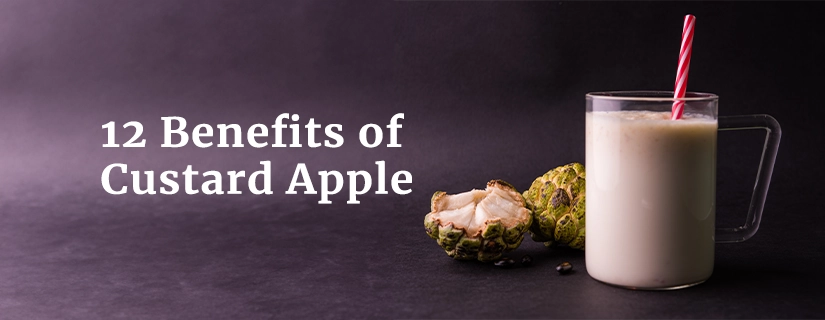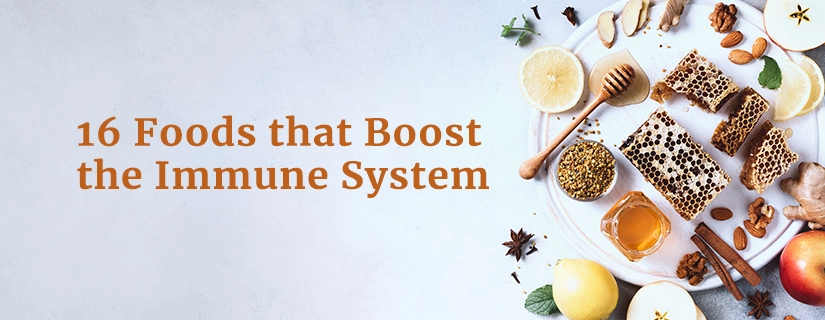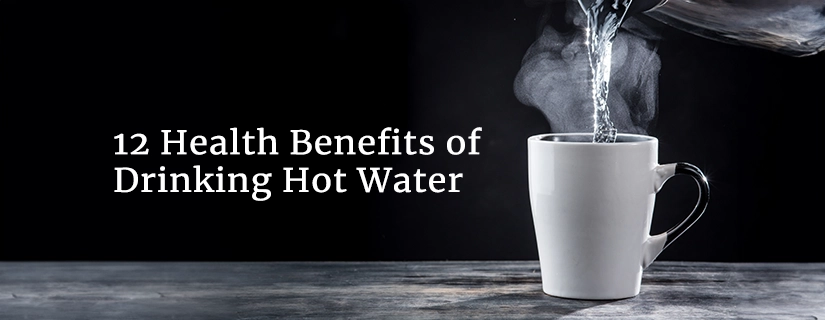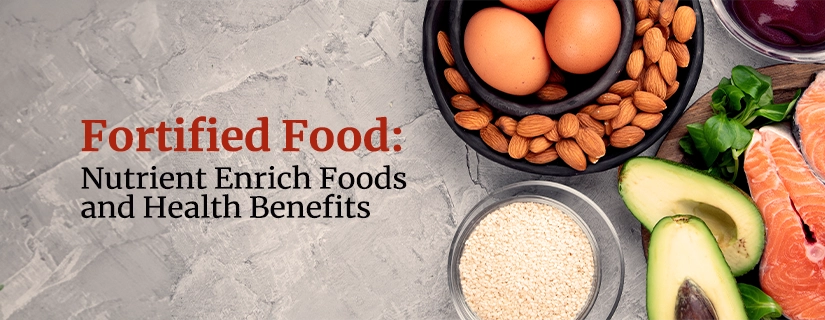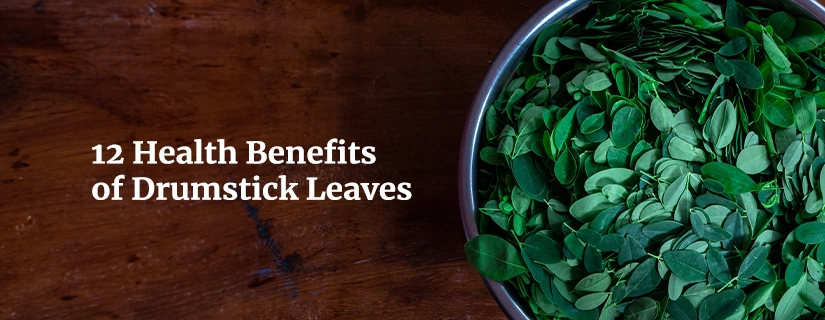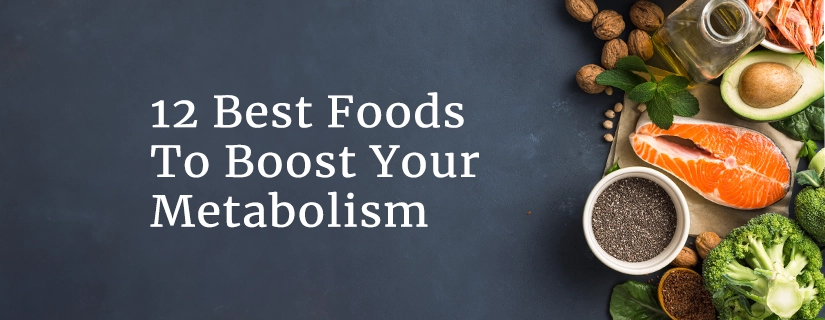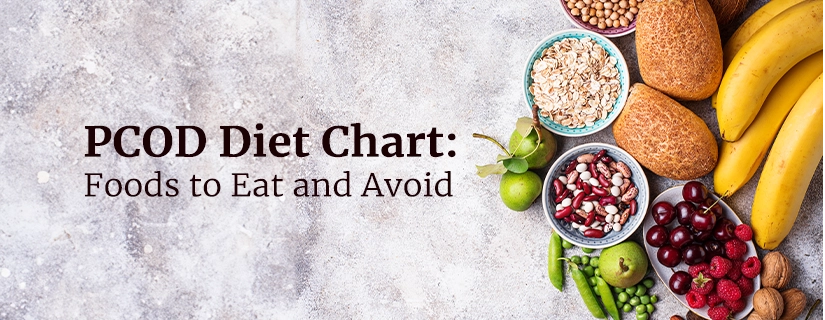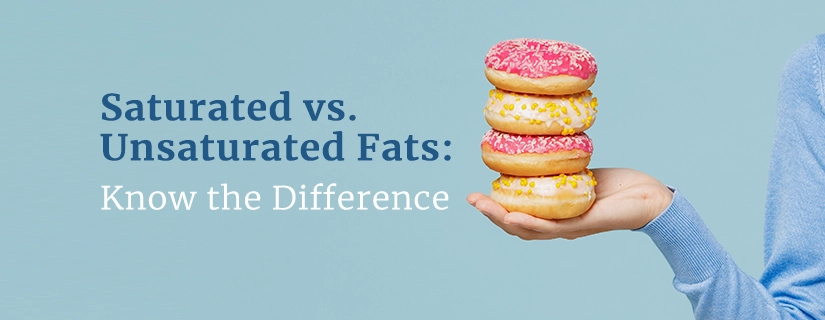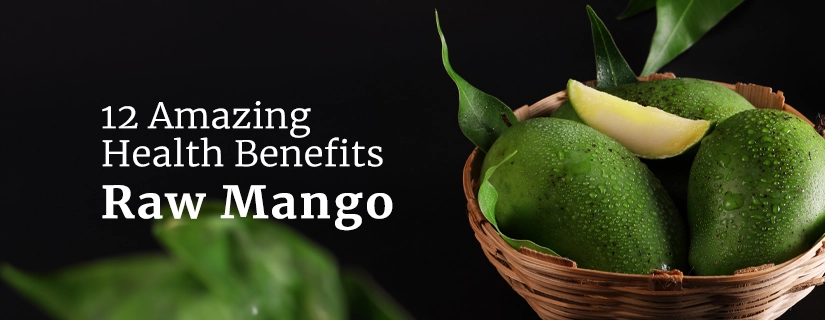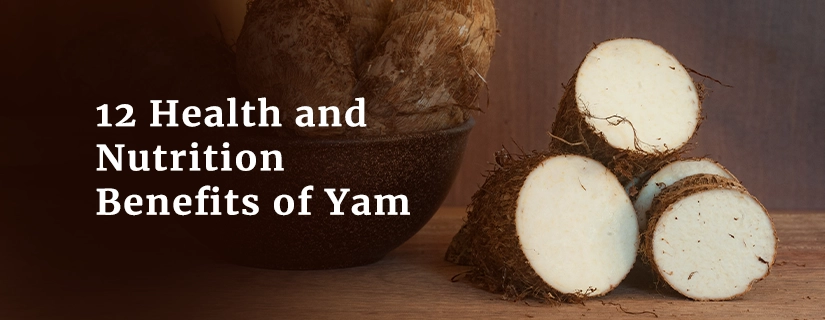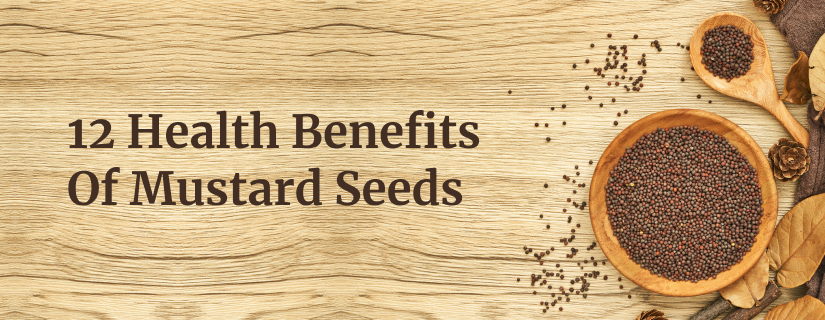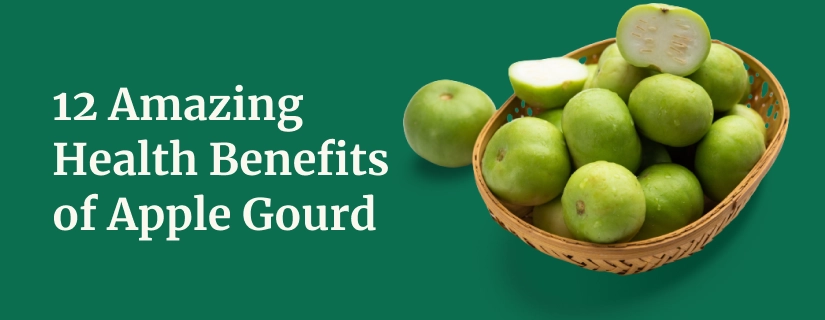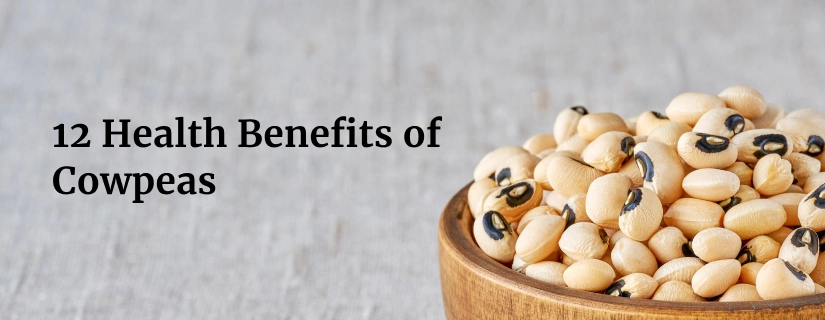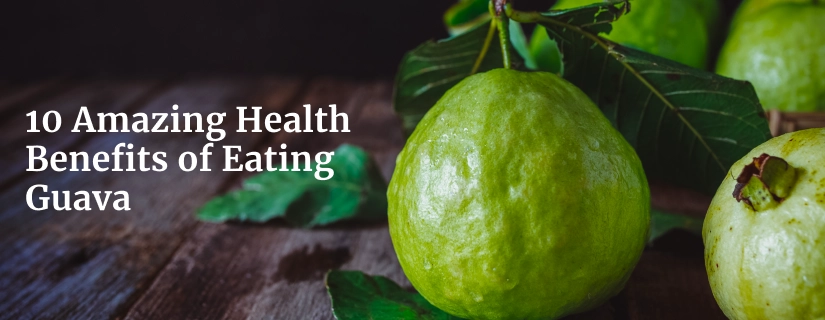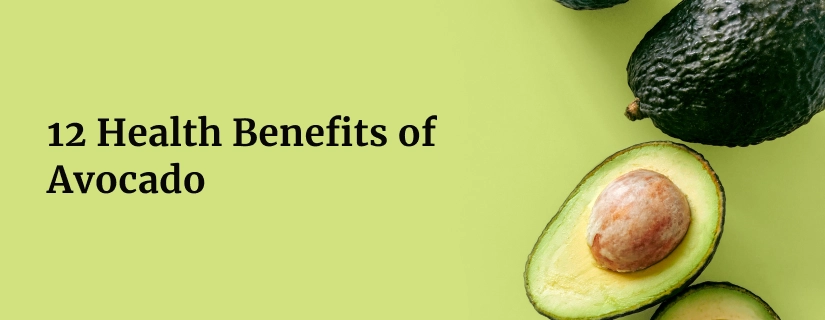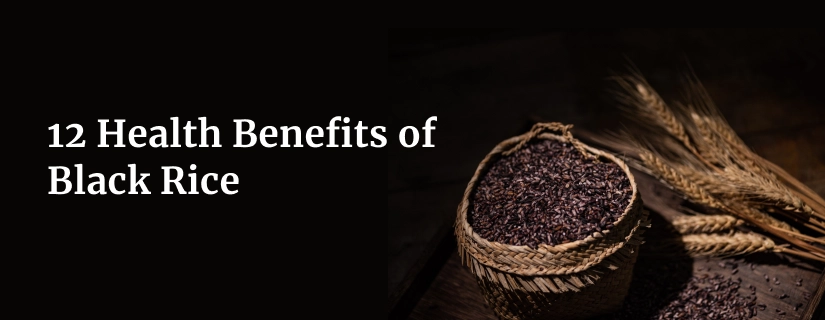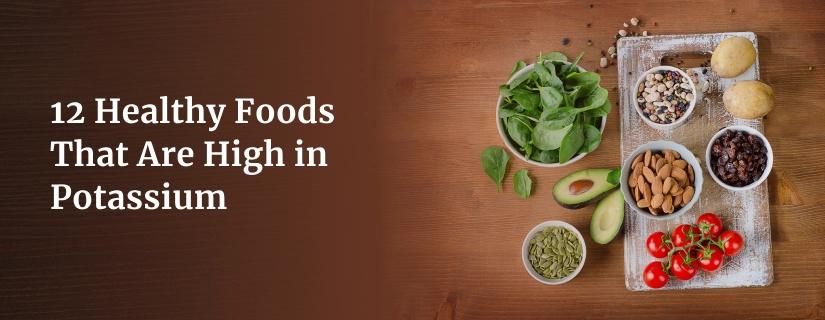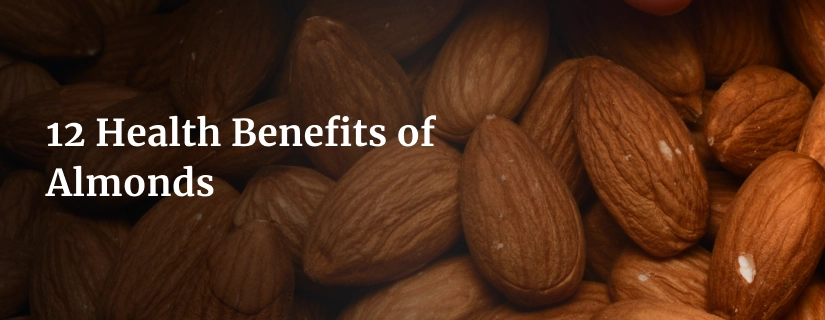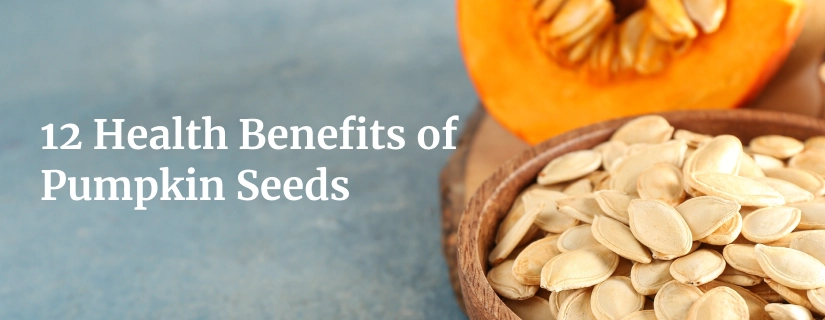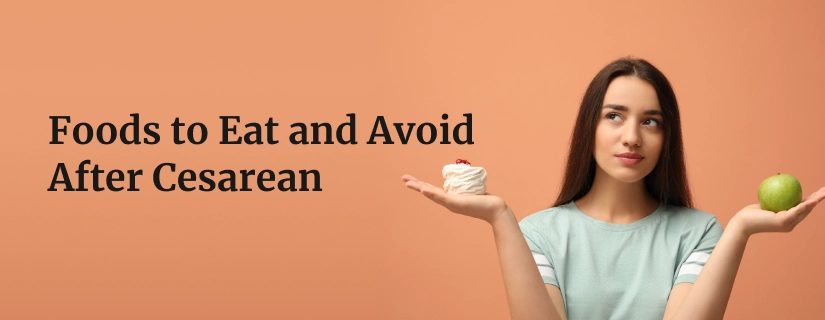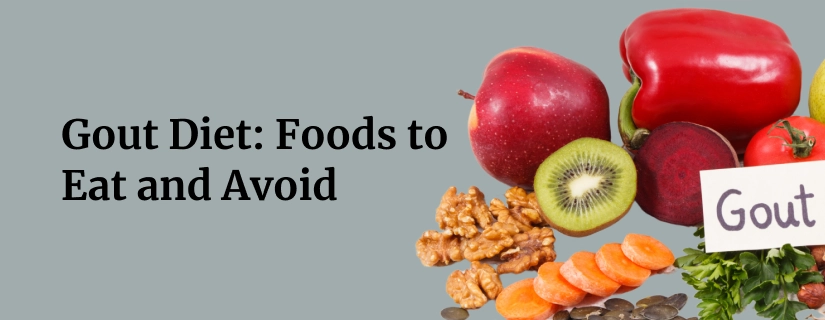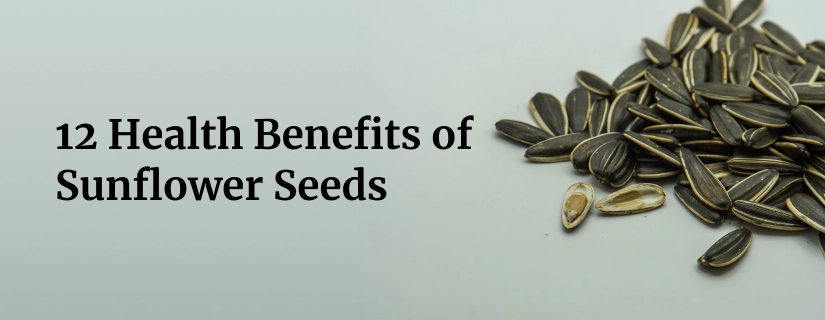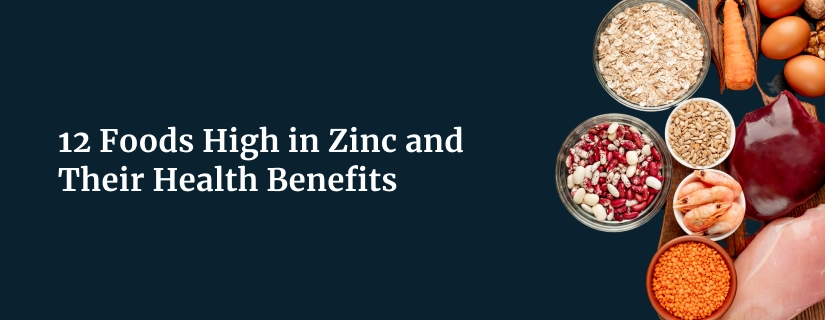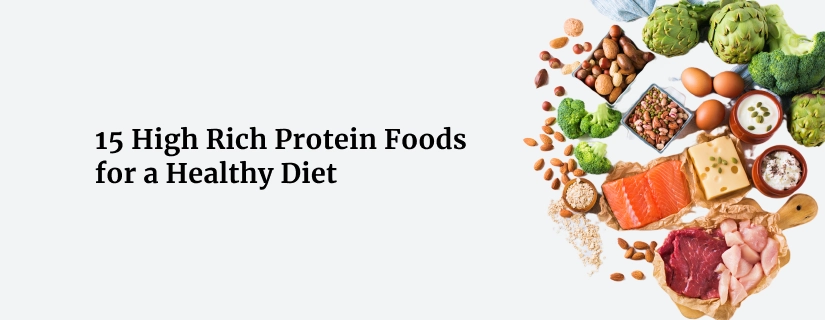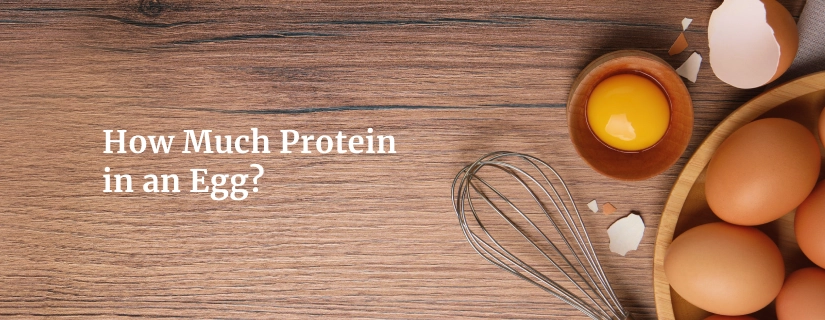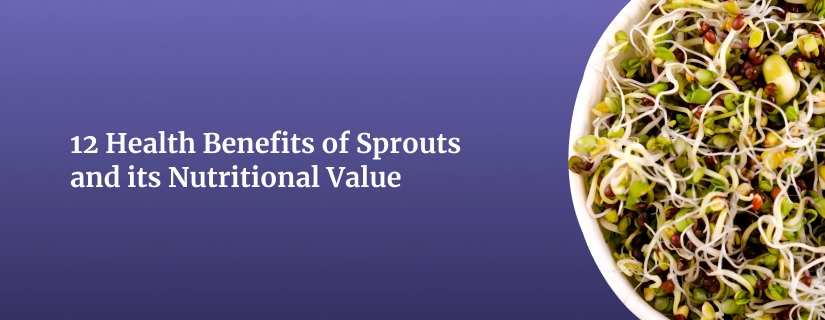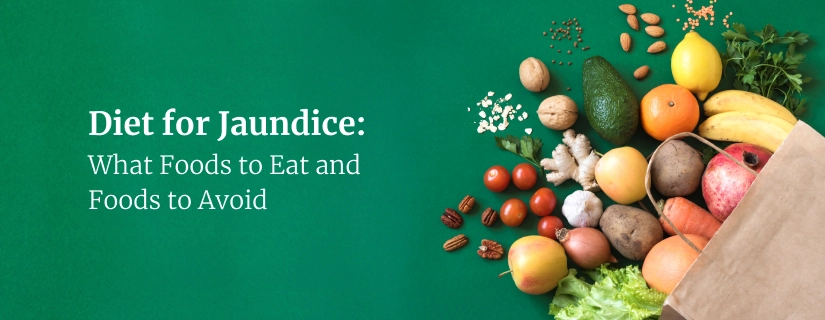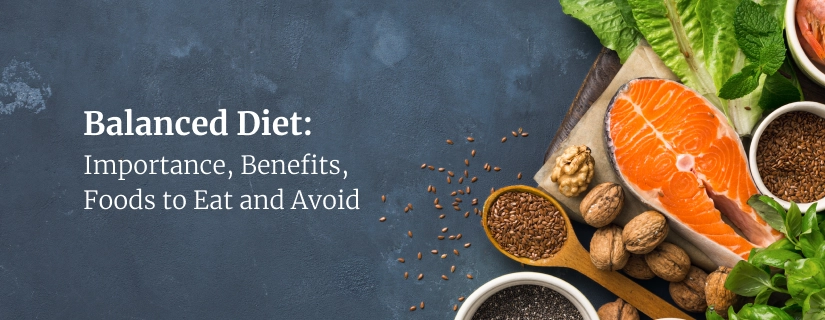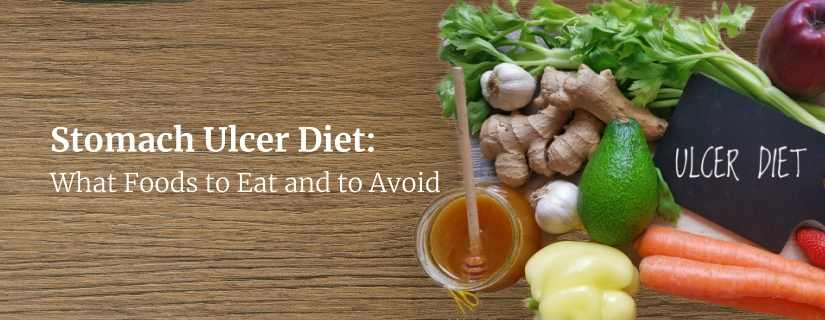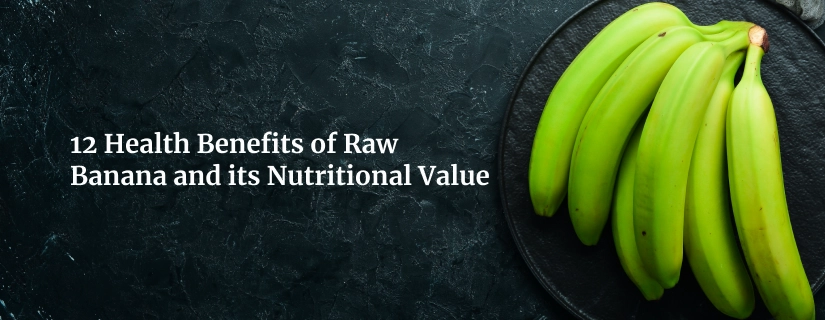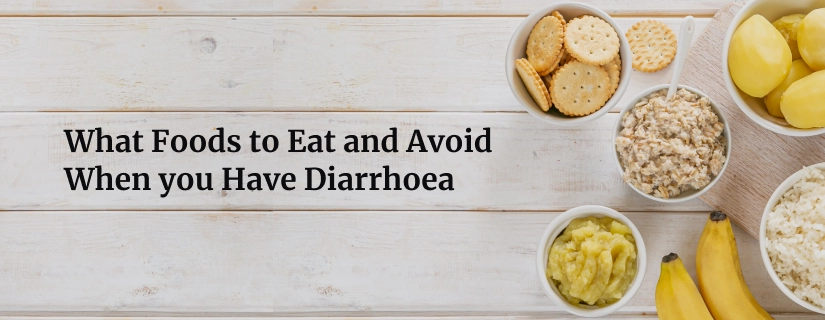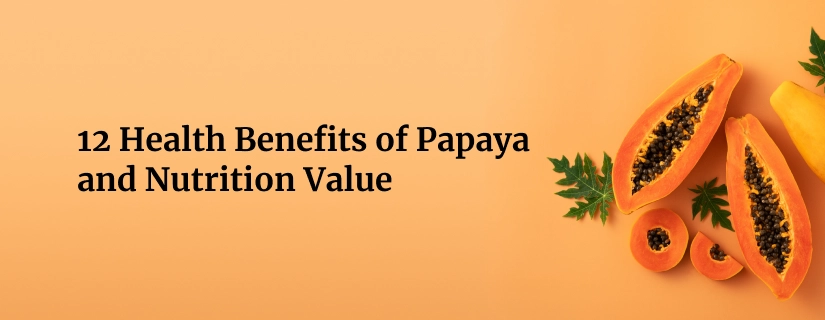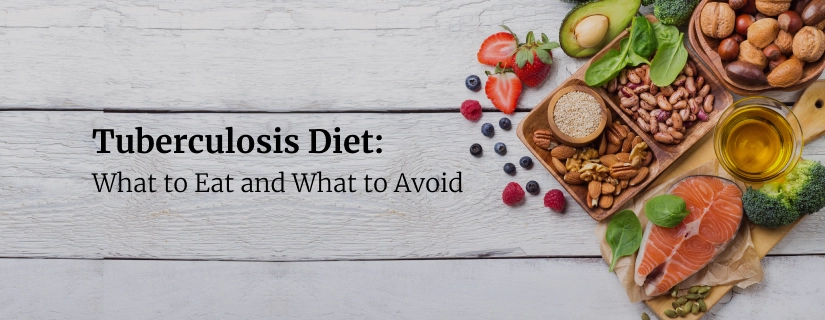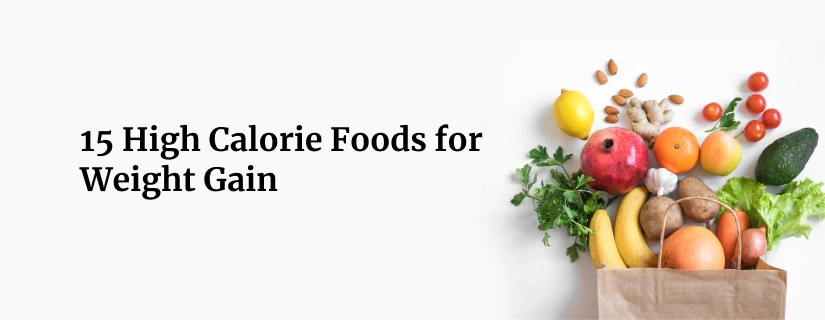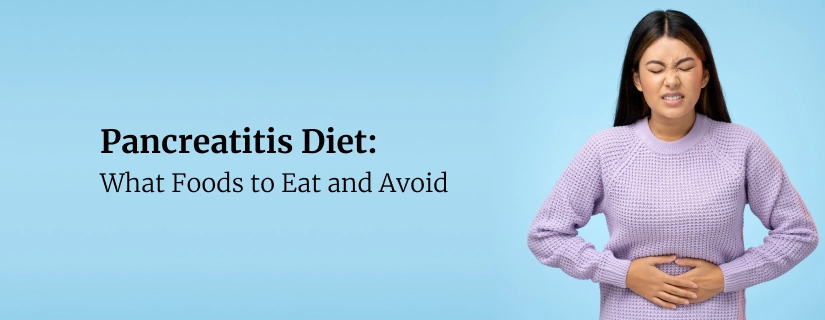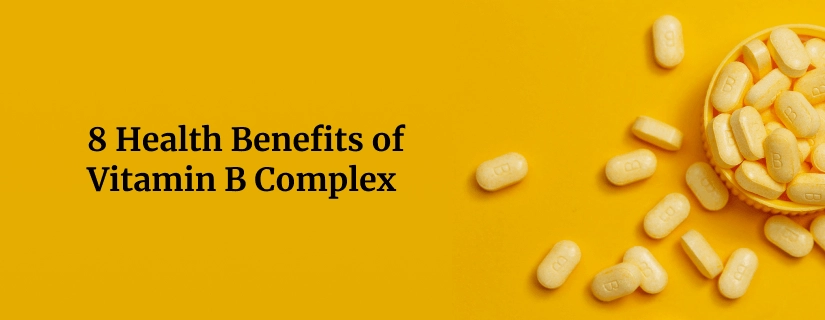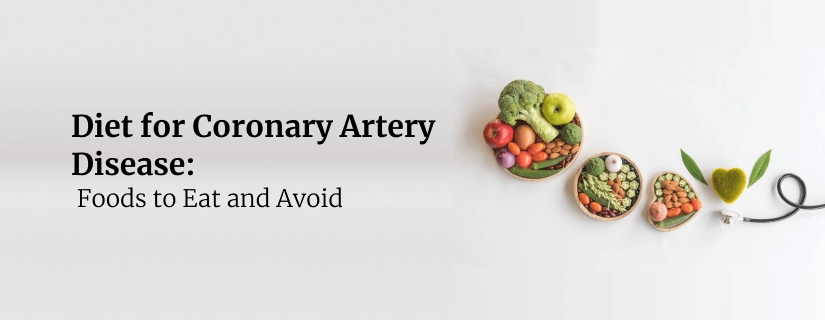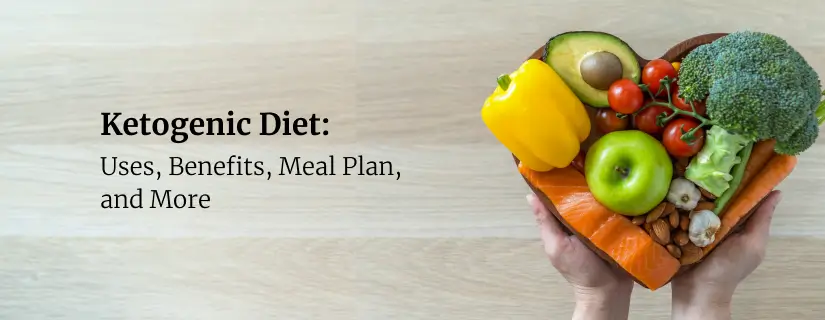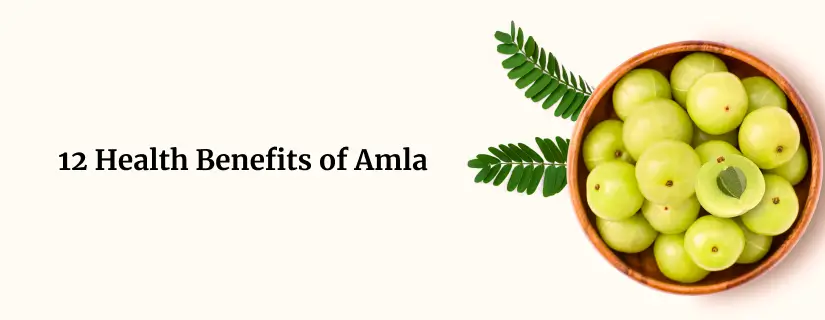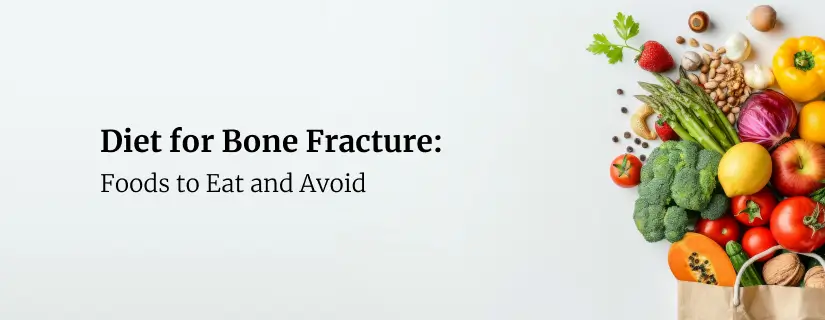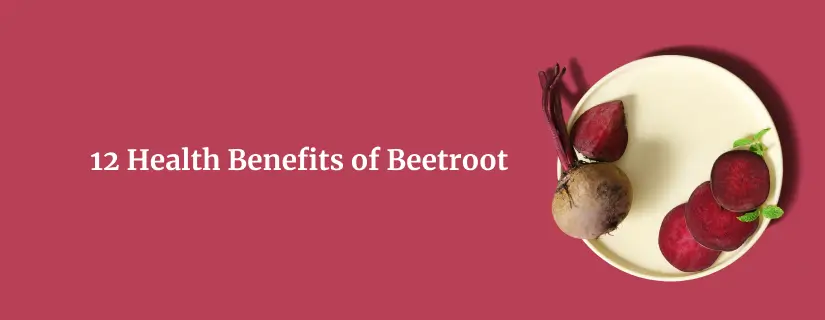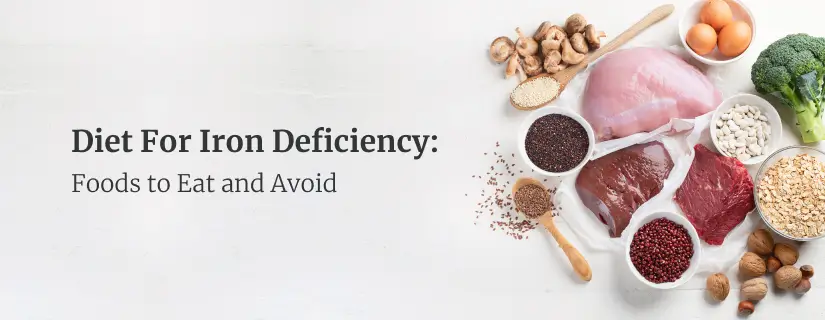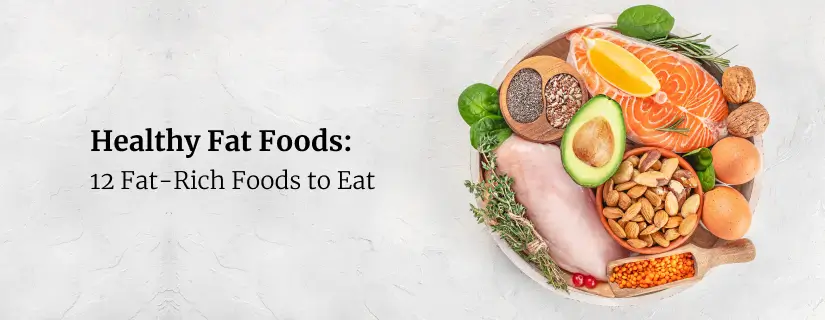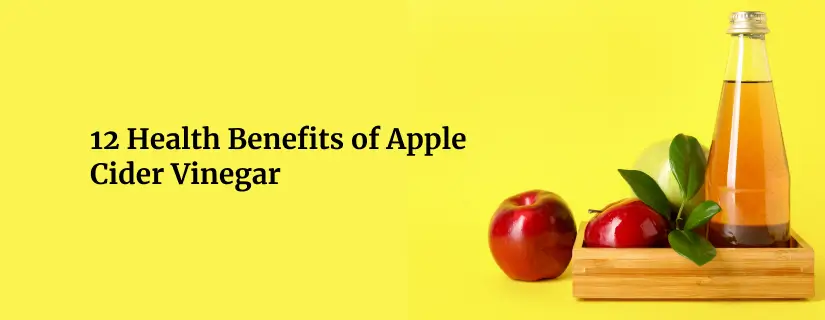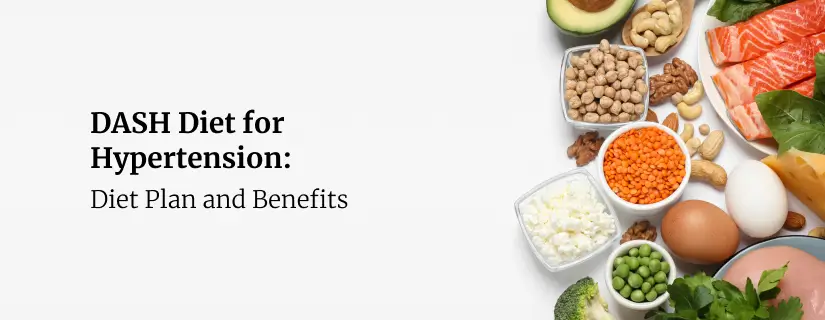-
Doctors
-
Specialities & Treatments
Centre of Excellence
Specialties
Treatments and Procedures
Hospitals & Directions HyderabadCARE Hospitals, Banjara Hills CARE Outpatient Centre, Banjara Hills CARE Hospitals, HITEC City CARE Hospitals, Nampally Gurunanak CARE Hospitals, Musheerabad CARE Hospitals Outpatient Centre, HITEC City CARE Hospitals, Malakpet
HyderabadCARE Hospitals, Banjara Hills CARE Outpatient Centre, Banjara Hills CARE Hospitals, HITEC City CARE Hospitals, Nampally Gurunanak CARE Hospitals, Musheerabad CARE Hospitals Outpatient Centre, HITEC City CARE Hospitals, Malakpet Raipur
Raipur
 Bhubaneswar
Bhubaneswar Visakhapatnam
Visakhapatnam
 Nagpur
Nagpur
 Indore
Indore
 Chh. Sambhajinagar
Chh. SambhajinagarClinics & Medical Centers
Book an AppointmentContact Us
Online Lab Reports
Book an Appointment
Consult Super-Specialist Doctors at CARE Hospitals
Healthy Food Vs. Junk Food: All You Need To Know
Updated on 12 September 2023
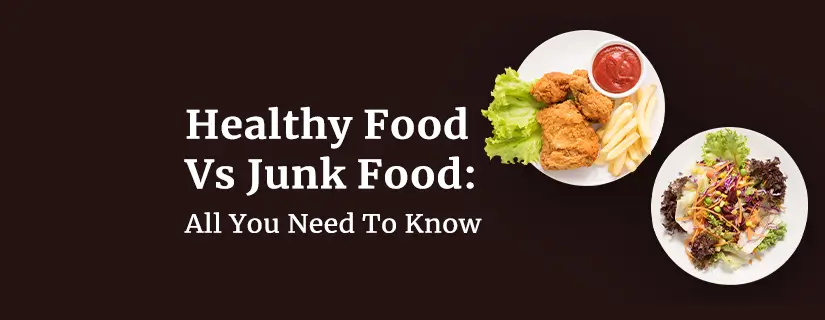
The food choices we make today decide how healthy we will be in the future. This is why choosing the right foods for our bodies is essential to stay healthy in the long run. Healthy foods have numerous benefits, ranging from improving immunity and keeping the organs healthy and properly functional. Eating healthy also ensures good mental health and keeps the body energized all day.
It is also important to understand our food habits and dietary choices because what we consume may or may not actually prove to be healthy. So, what is the difference between healthy food and junk food, especially when there is a gamut of foods advertised as "healthy" to us? To know the difference between healthy and unhealthy food, keep reading on and gain better insight into the healthy vs. junk food comparison.
Difference Between Healthy Food and Junk Food
Healthy foods are derived or sourced naturally and are neither processed nor nutrient-deficient. Healthy foods provide the body with essential nutrients, such as vitamins, minerals, fibres, proteins, and healthy carbohydrates and fats. These nutrients are crucial for the normal functioning of the body's metabolic needs.
The difference between healthy vs unhealthy food, or junk food, lies in the nutritional value. Junk foods are high in processed sugars, fats, and calories, leading to various health problems. They are low in essential nutrients and offer almost no health benefits.
When comparing health food vs. junk food, it's important to note that occasional consumption of junk foods may not necessarily be harmful, but a diet high in unhealthy foods can be detrimental to the body by increasing the chance of experiencing numerous health complications, including coronary artery diseases, excessive weight gain, obesity, and type-2 diabetes.
What are the Benefits of Eating Healthy?
Healthy foods impart essential nutrients in multifarious food options, each unique and important for the proper functioning of the body as well as keeping the gut healthy. There are a wide range of healthy foods to choose from, depending upon their availability in a particular region. Here is a list of healthy foods with their own benefits to the body to include in the healthy food vs. junk food chart.
1. Fruits and vegetables: Fruits and vegetables are rich in nutritional value, contain vitamins, minerals, and essential fibres, and they have innumerable health benefits, including keeping the gut healthy and reducing the risk of bowel cancer.

2. Whole grains: Whole wheat and brown rice are among the most commonly available healthy foods that are excellent for regular consumption and provide fibres, vitamins, and other essential nutrients to the body. Oats and quinoa are other examples of whole grains that can also be used in place of wheat and rice.
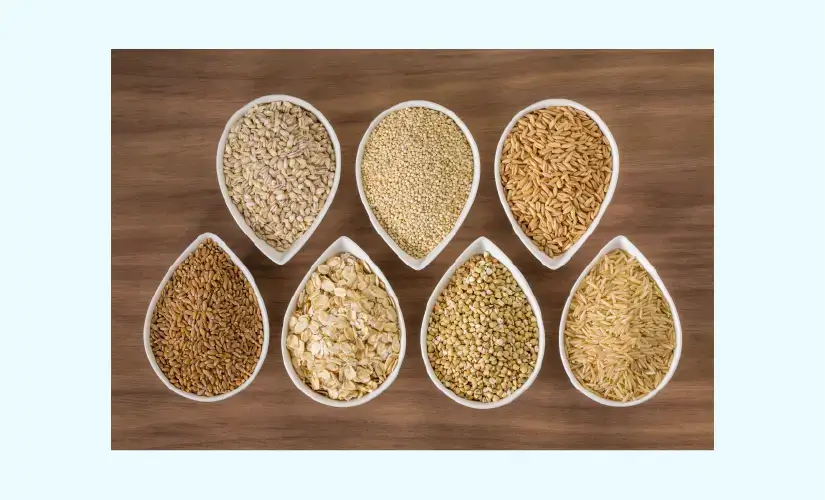
3. Dairy products: Milk, ghee, cottage cheese, yoghurt, and curd are among the most important sources of Vitamin D and calcium for the body, among other essential nutrients.

4. Lean proteins: Consuming lean meat from chicken, fish, beans, lentils, etc., provides important nutrients like zinc and iron, along with unsaturated fats, which are counted among essential nutrients.
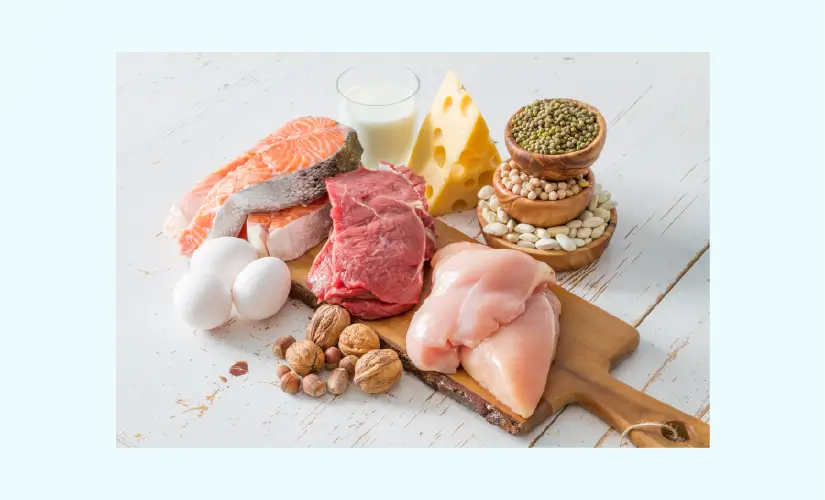
5. Nuts and seeds: Nuts and seeds like avocado, olive oil, flaxseeds, etc., provide essential fats to the body, important for improving and promoting heart and brain health.
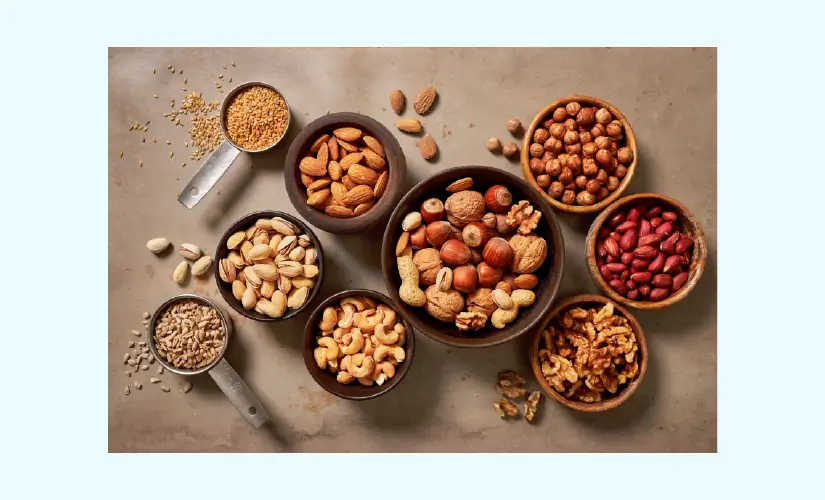
Apart from these, healthy foods boost immunity, make bones, teeth, and muscles stronger, and keep the overall body healthy and functioning normally.
These were some of the healthy foods. As opposed to the qualities healthy foods have, unhealthy or junk foods are saturated with unhealthy or trans fats and processed sugars, which are harmful to the body.
Foods that are bad for your health
When comparing healthy food versus junk food, junk foods are low in nutrient value. Putting them in the healthy and junk food chart for comparison, here's a list of the junk foods we are habituated to consuming.
1. Deep-fried foods: Most Indian street foods are deep-fried using unhealthy oils, concentrating unhealthy fats, sodium, and being very high in calories, often leading to weight gain and obesity.

2. Processed snacks and sweets: Candies, sweetened products, sweets, cookies, chips, and most packaged snacks, confectionery, and beverages tend to be high in calories, sugar, along with unhealthy fats.

3. High-fat meat: Sausages and hot dogs are usually made using fatty parts of meat. These tend to be high in saturated fats and increase the risk of heart disease and other medical problems.

4. Refined products: Refined oil and wheat, as well as white bread and rice, are among the most commonly consumed foods. Consuming these products in moderation may be okay, but they are lower in nutrients than their healthier counterparts. Thus, these products may not impart proper nutritional benefits to the body.
Conclusion
Nature has already given us the gift of fresh and healthy foods; how we utilise this gift is up to us. Diet is all about moderation. Including a limited amount of unhealthy food in the healthy & unhealthy food chart may not be harmful, but keeping it to a minimum and making informed dietary choices is important in the long run for a healthy body.
FAQs
1. What is the difference between healthy food and unhealthy food?
The primary difference between healthy and unhealthy food lies in their nutritional value. Healthy foods are beneficial for the body, while unhealthy foods tend to be high in calories and low in nutrients.
2. How to choose healthy food over junk food?
It is always a good idea to maintain a balanced diet that includes all the essential nutrients required daily.
3. What are the benefits of healthy foods?
Healthy foods promote proper functioning of the body, improve immunity and strength, and reduce the risk of heart diseases and other medical conditions.

ENQUIRY FORM
SELECT CATEGORIES
-
Neurosciences (16)
-
Neurology (37)
-
Neurosurgery (14)
-
Orthopaedics (48)
-
Oncology (33)
-
Obstetrics and gynecology (51)
-
Pulmonology (23)
-
Urology (20)
-
Nephrology (13)
-
Psychiatry (7)
-
Dietetics and Nutrition (111)
-
General Medicine (63)
-
Cardiac Sciences (31)
-
Vascular & Endovascular Surgery and Interventional Radiology (10)
-
Gastroenterology (46)
-
Endocrinology (23)
-
Plastic Surgery (10)
-
Critical Care Medicine (5)
-
COVID-19 (16)
-
Dermatology (16)
-
Emergency Care (1)
-
Ophthalmology (4)
-
Pediatrics (14)
-
Laparoscopic and Bariatric Surgery (8)
-
ENT (15)
-
Kidney Transplant (1)
-
Liver Transplantation and Hepatobiliary Surgery (5)
-
General Surgery (3)
-
Internal Medicine (5)
-
Medicine Information
Iron Rich Foods: Healthy Foods that are High in Iron
Bitter Gourd (Karela): Uses, Benefits, Side Effects and More!
YOU MAY ALSO LIKE
RECENT BLOGS
-
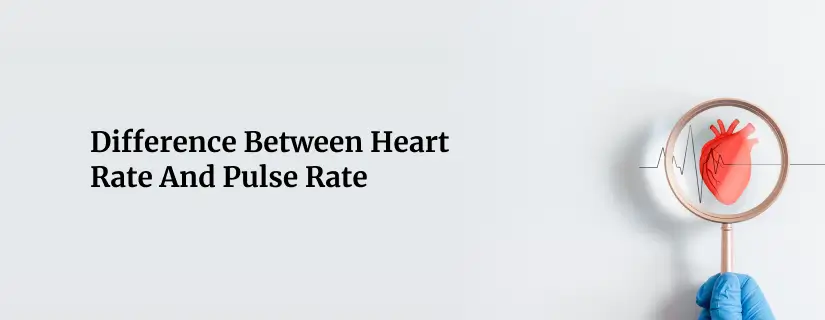
Difference Between Heart Rate And Pulse Rate
24 April 2025
Read More
-

Direct Anterior Approach in Total Hip Replacement: Advantages and Challenges
10 April 2025
Read More
-
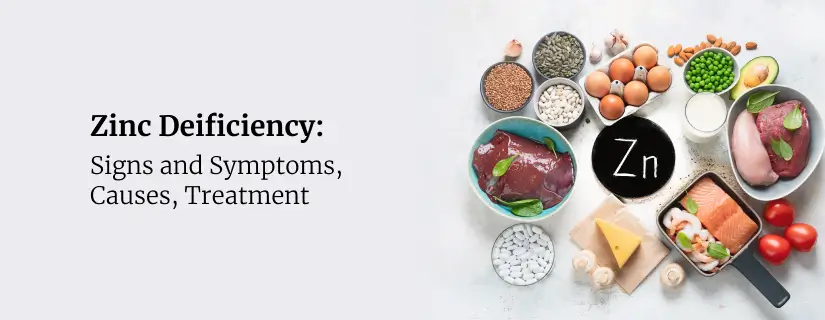
Zinc Deficiency: Signs and Symptoms, Causes, Treatment
9 April 2025
Read More
-

Chest Pain When Coughing: Causes, Treatment and Home Remedies
9 April 2025
Read More
-
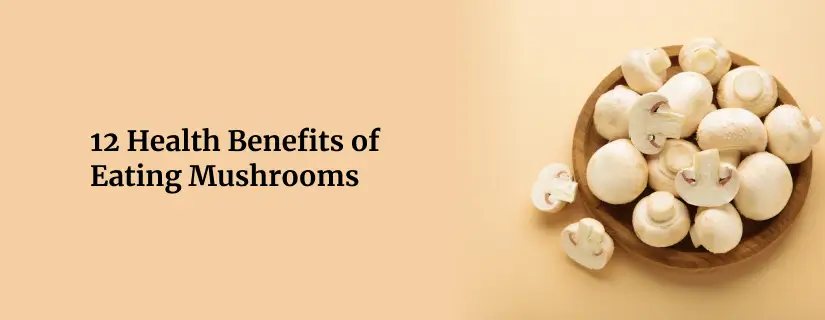
12 Health Benefits of Eating Mushrooms
8 April 2025
Read More
-

7 Health Benefits of Blood Donation You Should Know About
8 April 2025
Read More
-

Implantation Bleeding Vs Periods: Know the Difference
28 February 2025
Read More
-

Bloating During Ovulation: Symptoms, Causes and Remedies
28 February 2025
Read More
Have a Question?
If you cannot find answers to your queries, please fill out the enquiry form or call the number below. We will contact you shortly.



